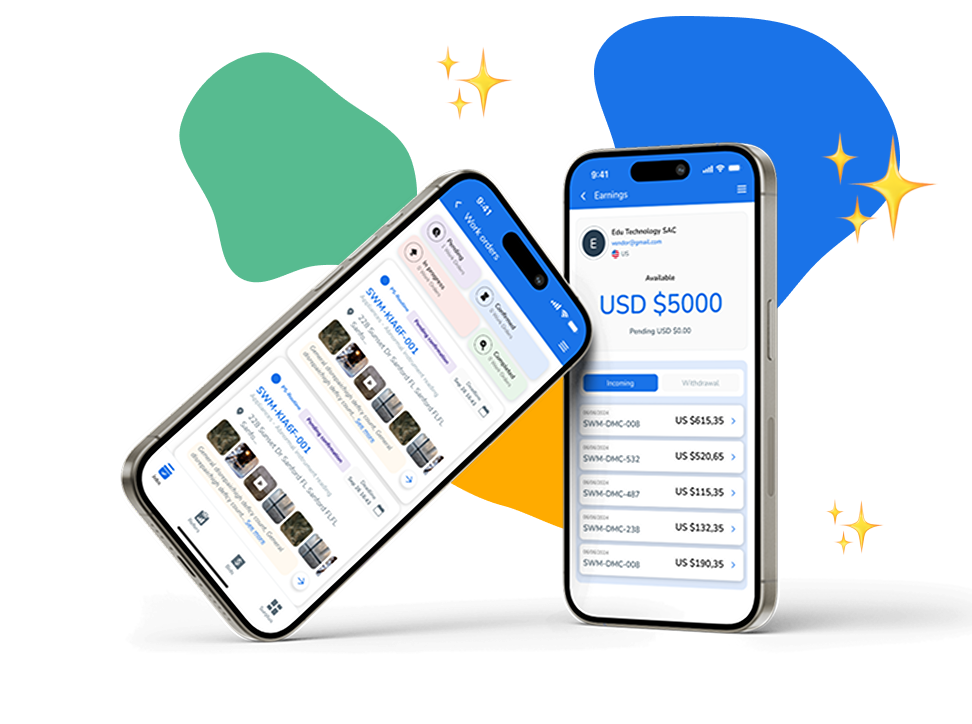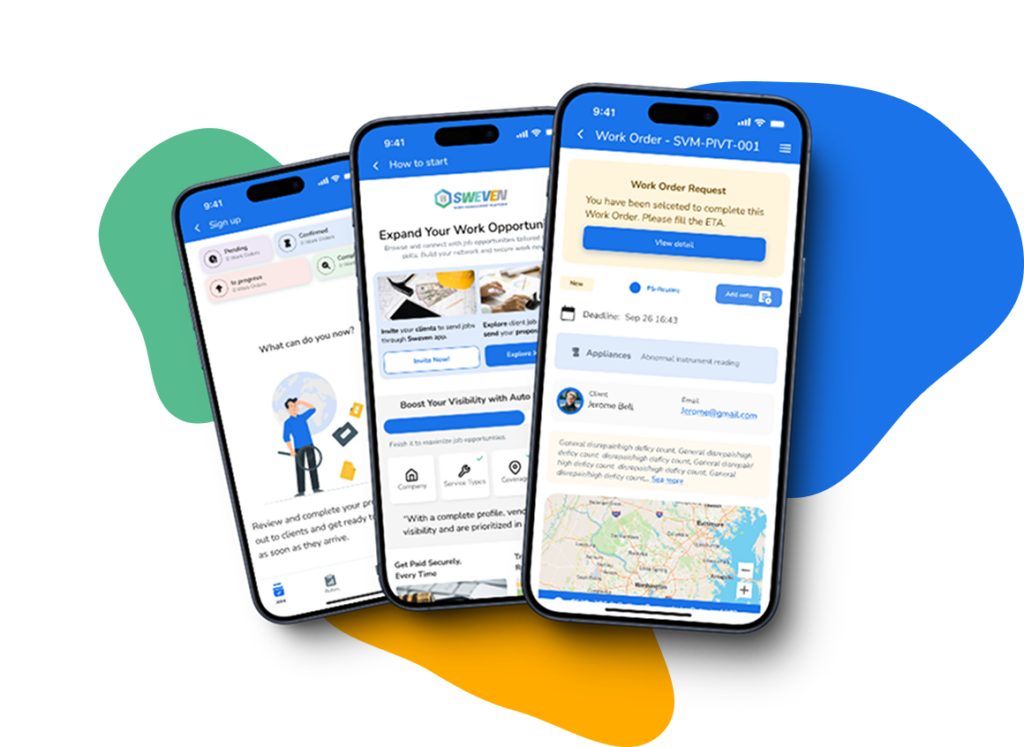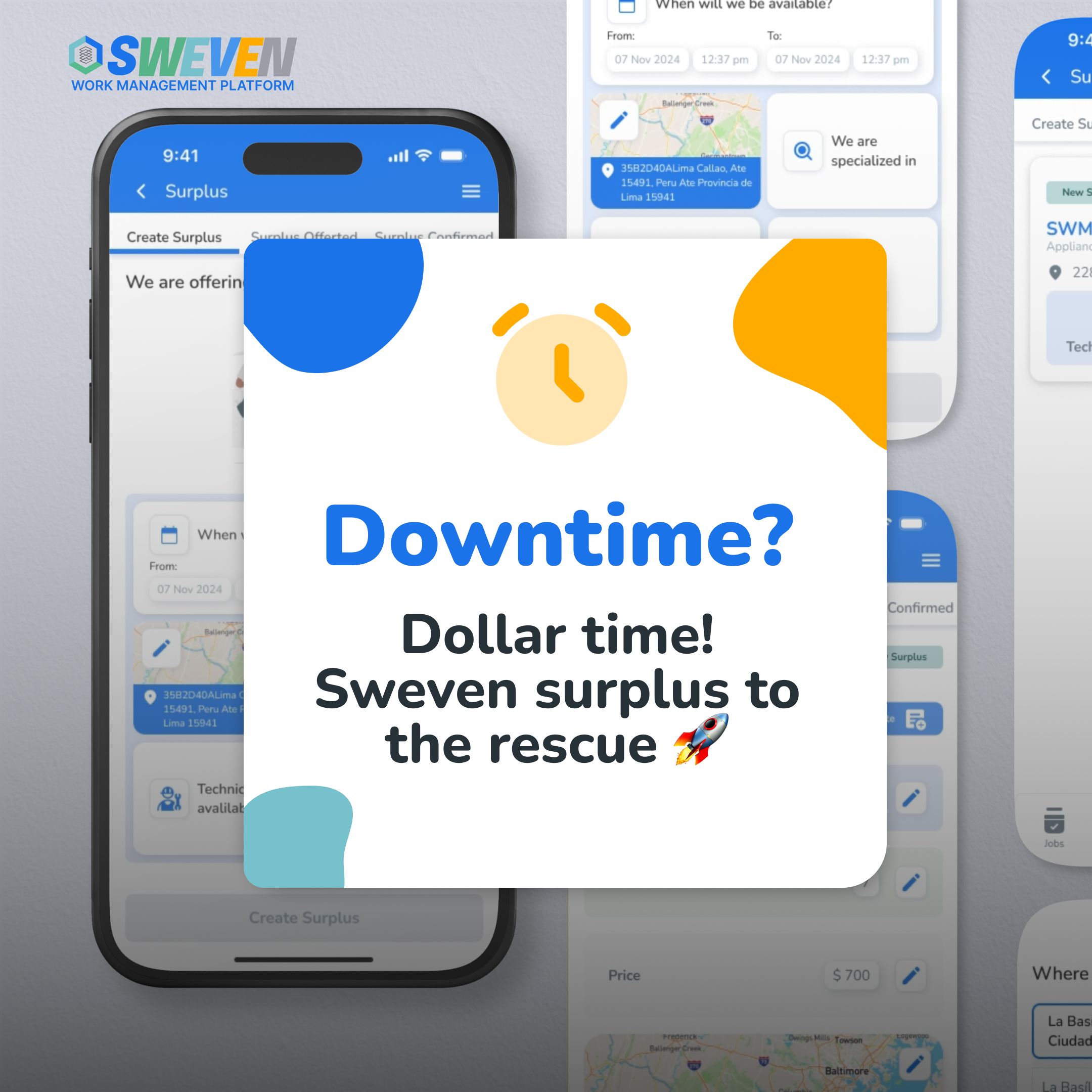The Coronavirus pandemic had all kinds of terrible effects on the world. However, it’s also undeniable that it taught us a lot of important lessons. Some of those learning points include the importance of health, better sanitation, the value of mental health, and the opportunities in remote work.
In addition, learning how to cope with COVID-19 showed us that virtual workplaces aren’t only possible. They’re somewhat helpful.
As the world eases in a new reality, 74% of professionals anticipate that remote work will become a standard. Other companies are deciding to retain virtual work operations or a hybrid version — meaning staff will have a mix of in-office and remote workdays.
But for some companies, getting ready for this new reality still isn’t in their muscle. Companies struggle with collaboration with both vendors and their staff. What are some of the best practices that can allow more seamless operations in remote work scenarios? Here are five practices to start mastering.
1. Use cloud-based software
The digital industrial revolution introduced us to innovations that could help us operate better in remote settings. Arguably one of the most important developments is the rise of cloud-based solutions. Cloud-based software is a tool that people can access no matter where they are. They make sharing files, giving updates, sending requests, or exchanging ideas on a virtual space easier.

It’s also beneficial to onboard contractors and vendors into the same system. Some cloud-based solutions will provide a lower-access login for external party members. This system ensures that they don’t see confidential content meant for employee eyes only. Some areas that we can use cloud-based software include the following:
- File storage and file sharing
- Project management
- Task management
- Enterprise planning
- Finance management
- And many more
2. Set communications tools and standards
One of the more significant challenges of managing remote employees is keeping constant communication lines open. Company staff must keep communication lines open even when they’re not physically present with one another. Setting communication tools and standards are crucial to ensuring constant collaboration in a remote work setup.

Managers should decide on one communication platform to hold all company updates in and keep in touch with suppliers and vendors. Some good apps are Slack, Facebook Workplace, WhatsApp, Telegram, or Google Meet. In addition, set weekly or bi-monthly video conferences with your staff to have more in-depth conversations and decide on strategic direction.
3. Provide constant training
When leaders ask how can a company support you in managing work from home effectively, many staff will revert to training. Up to 70% of remote staff get training in-house. Constant training is an excellent opportunity to upskill your remote team and help them develop more skills that could add to overall productivity and performance.

Look into providing staff access to learning management systems and invite trainers to give lectures and webinars to staff. There’s also an advantage in making these training programs on-demand so staff can learn at their own pace and convenience. When possible, consider taking training lessons from existing providers like Skillshare or Lynda.
4. Hire a project manager
There’s a lot that goes into leading a remote team. And keeping to good remote performance management best practices can be foreign ground to some leaders. That’s why some teams have found it beneficial to hire remote project managers. A project manager ensures that recurring and ad-hoc projects keep pushing forward despite the lack of a physical leadership presence.

For anyone planning to get a managerial job, virtual project management is a great career option to consider. Some of the best degrees to get to land a job in this field include business management, business administration, or any job that has to do with people management.
5. Provide constant feedback
Better performance management for remote workers is a result of constant feedback and evaluation. However, the truth is that the remote or hybrid workplace is new territory for most industries. That means that there are no hard-fast rules on how to manage remote teams and vendors better.

Take the time to evaluate your virtual systems and tools. When they aren’t working, make necessary changes to the workflow. Get feedback from vendors and staff on the pain points that your current systems might have and base your adjustment on those comments.
Building a Culture of Proactivity
In remote work setups, employees need to learn how to work hard and work smart. Creating a proactive culture is a pivotal aspect of this direction. When we enable staff to spot problems on their own and provide solutions, we place our remote teams in a better position to succeed.
Managers shouldn’t allow remote teams and their external vendors to have a responsive work culture. Instead, we need to teach our staff to reach out first and approach managers when issues are addressed. When we create this kind of culture, collaboration becomes all the more natural to a virtual team.
















